Introducing Finger Foods for Babies mean to say solid foods to babies often begins with purees and soft, easily mashable foods. Ideal first foods include pureed vegetables, fruits, and iron-fortified cereals.
Starting solids is a significant milestone for babies, usually occurring around six months of age. Parents looking to introduce solids to their babies’ diets should focus on nutrient-rich options that are easy to digest and unlikely to cause allergies. These early foods should be soft enough to mash with gentle pressure between your fingers, ensuring they are safe for babies who may not have fully developed chewing skills.
Simple to prepare and packed with essential nutrients, items like avocado, banana, sweet potato, and well-cooked eggs make excellent starting points. Careful introduction of varied flavors and textures not only contributes to balanced nutrition but also helps in developing the baby’s palate and interest in food. As you embark on this exciting phase, remember to consult with a pediatrician to tailor the approach to your baby’s specific needs and to monitor for any potential food allergies or sensitivities.
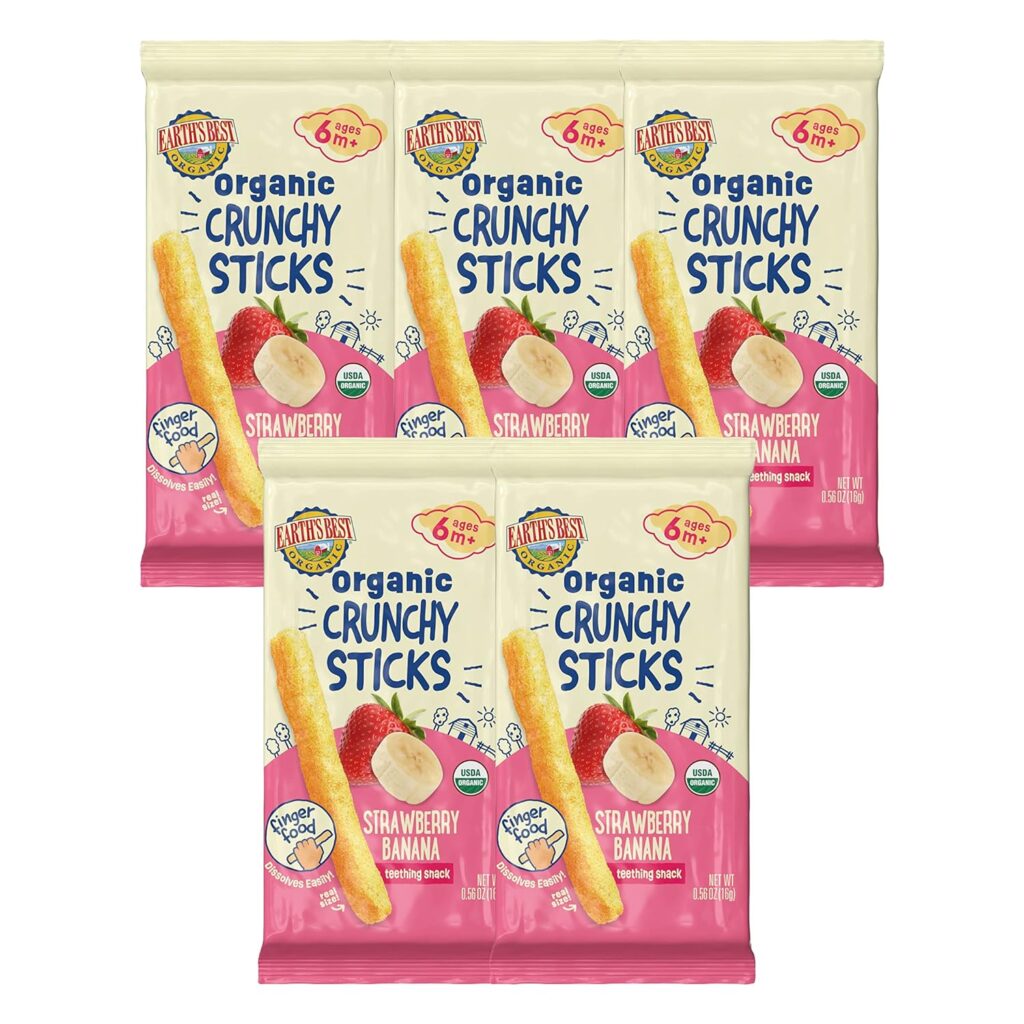
Starting With Finger Foods
Introducing your baby to finger foods is an exciting step in their eating journey. This phase helps them develop motor skills and explore different textures and tastes. It’s important to ensure the transition is smooth and safe.
The Right Age For Finger Foods
Most babies are ready for finger foods around 6 to 9 months old. Start with foods that are easy to hold and soft enough to chew.
Signs Your Baby Is Ready
- Can sit up well without support
- Shows interest in food
- Can pick things up between thumb and forefinger
| Age | Signs of Readiness | Examples of Finger Foods |
|---|---|---|
| 6-9 months | Sits without support, picks up objects | Mashed fruits, soft veggies, small pieces of bread |
Start with small pieces of soft foods. Good options include ripe fruits, cooked vegetables, and small bits of cooked pasta.
Initial Finger Food Options
Embarking on the journey of solids is an exciting time for babies and parents alike. Choosing the right finger foods is crucial for a smooth transition. These foods should be easy to handle, soft enough to gum, and large enough to grasp. Let’s explore some of the best initial finger food options to introduce to your little one.
Soft Fruit Choices
Soft Fruit Choices
Soft fruits are perfect for little hands and gums. They provide essential vitamins and are naturally sweet, making them a hit with babies. Here’s a list of safe and nutritious fruit choices:
- Bananas: Peel and cut into small, manageable slices.
- Avocado: Slice into chunks that are easy to pick up.
- Peeled apples: Steam to soften and cut into suitable pieces.
- Pears: Ensure they are ripe and cut into small segments.
Vegetable Selections for Beginners

Vegetable Selections For Beginners
Vegetables are packed with nutrients important for growth. Here’s a table of beginner-friendly vegetables that are easy to prepare:
| Vegetable | Preparation |
|---|---|
| Carrots | Steam and cut into sticks |
| Broccoli | Steam florets until soft |
| Peas | Frozen peas, thawed and soft |
| Sweet Potatoes | Bake and cut into cubes |
Grains And Cereals For Babies
Introducing grains and cereals is a big step for babies starting solids. These foods are great for tiny tummies and can provide essential nutrients. It’s important to choose options that are soft, easy to digest, and full of nutrients.
Whole-Grain Baby-Friendly Options
Whole-grain Baby-friendly Options
Whole grains are packed with fiber and nutrients. They are perfect for growing babies. Here are some safe choices:
- Oatmeal: Soft and easy to swallow.
- Brown rice: Cook until very soft.
- Barley: Great for texture exploration.
Remember to cook grains thoroughly to make them soft enough for baby.
Introducing Toast and Bagels
Introducing Toast And Bagels
Toast and bagels can be good first finger foods. Here’s how to serve them:
- Cut into small, manageable pieces.
- Choose whole-grain options.
- Toast lightly to ensure they’re not too hard.
Spread with a thin layer of puréed fruit or vegetable for extra flavor and nutrients.
| Food | Texture | Serving Tip |
|---|---|---|
| Oatmeal | Soft, mushy | Cook with water or breast milk |
| Toast | Slightly crunchy | Top with avocado or banana |
| Bagels | Chewy | Offer in small pieces |
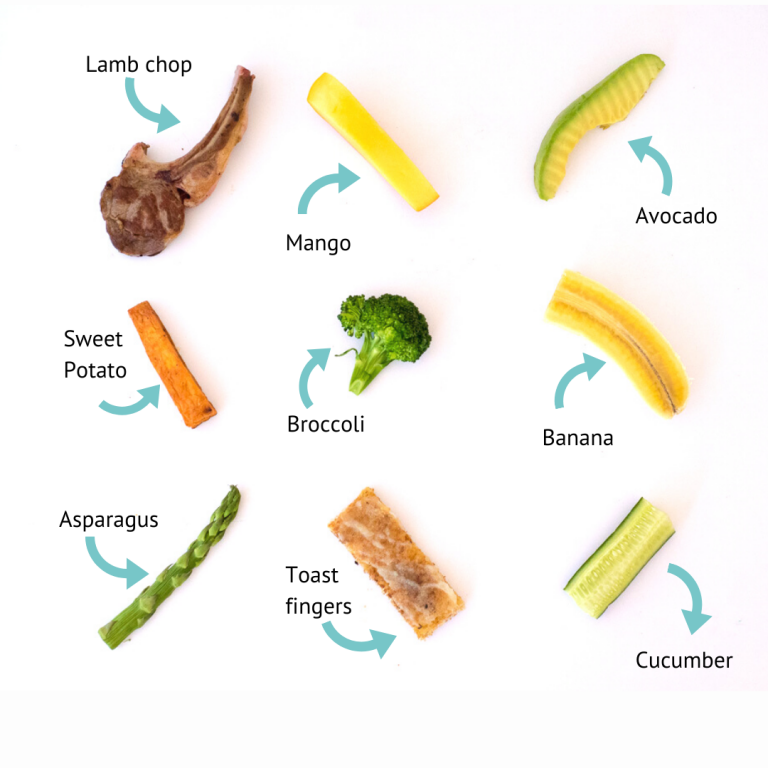
Credit: www.readysetgrownutrition.com
Protein-packed Starters
Introduction
Protein-Packed Starters are crucial for your baby’s growth and development. Introducing proteins early on helps build strong muscles and supports overall health. Here’s how to start your little one on protein-rich foods that are both nutritious and baby-friendly.
Easy-to-Eat Meats
Easy-to-eat Meats
Meats are excellent sources of protein for babies. Choose soft, well-cooked options that are easy for little gums to handle.
- Pureed chicken – soft and easily swallowed
- Ground turkey – cooked thoroughly and finely mashed
- Slow-cooked beef – tender and shredded
Remember to introduce one meat at a time and watch for any signs of allergies.
Incorporating Eggs and Tofu
Incorporating Eggs And Tofu
Eggs and tofu are versatile protein choices for babies. They can be served in multiple ways to suit your baby’s taste.
| Food Item | Preparation Method |
|---|---|
| Scrambled eggs | Soft and small pieces |
| Silken tofu | Mashed or cubed |
| Hard-boiled eggs | Chopped finely |
Start with small amounts to ensure digestibility and check for allergies.
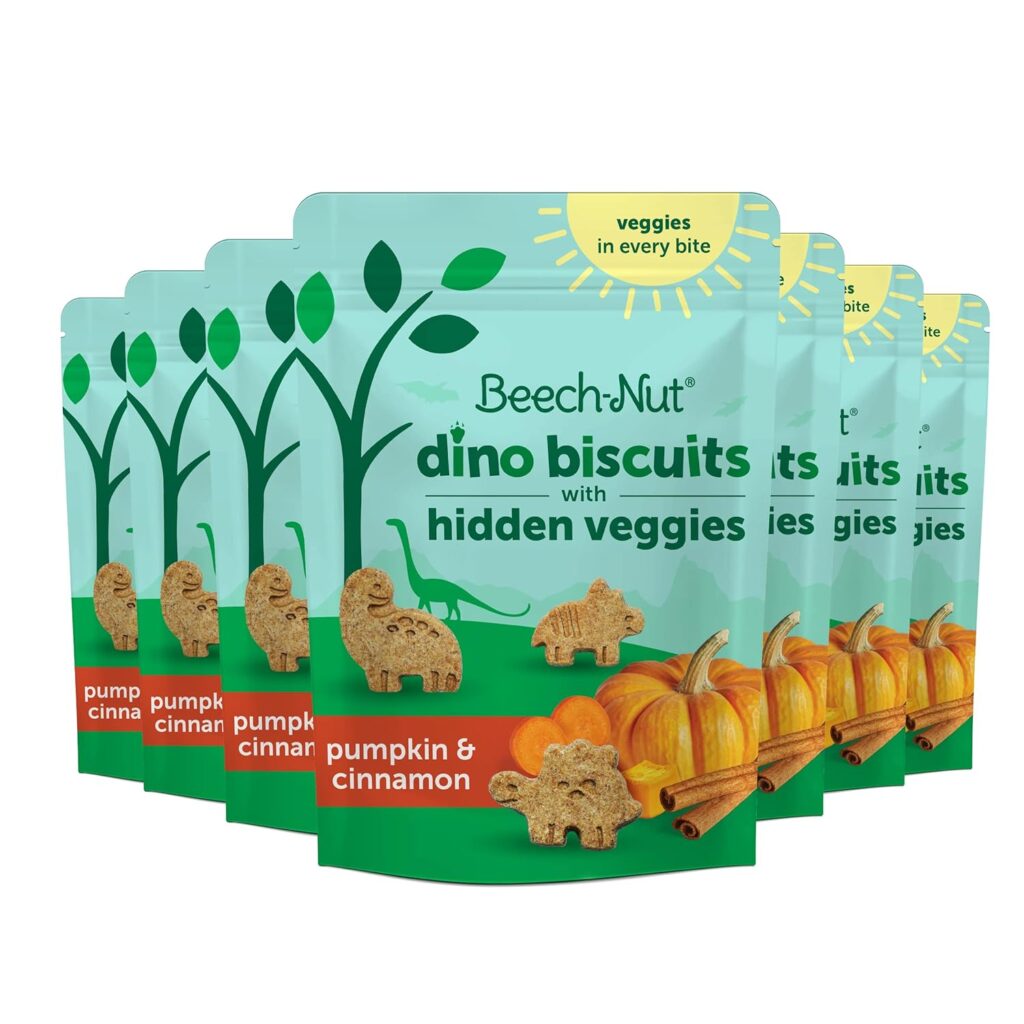
Dairy Delights For Little Fingers
Starting solids is a milestone for every baby, and dairy products like cheese and yogurt can be terrific additions to their diet. These foods are not only packed with essential nutrients for growth but also offer a variety of textures and flavors that can help babies develop their taste buds and motor skills. Let’s explore some baby-safe dairy delights that are perfect for those little fingers eager to touch, grab, and taste.
Cheese Varieties That Are Baby-safe
When introducing cheese to your baby, it’s important to choose types that are easy to digest and soft enough for them to handle. Here are some cheese varieties that are safe and enjoyable for babies:
- Mild Cheddar – A smooth choice that’s gentle on the tummy.
- Monterey Jack – Creamy and melts well for easy eating.
- Cottage Cheese – Soft texture, great mixed with fruit.
- Mozzarella – Stringy and fun to play with, plus it’s mild.
Always serve cheese in small, bite-sized pieces to avoid choking hazards.
Introducing Yogurt
Yogurt is another fantastic dairy option for babies. It’s rich in probiotics, which aid in digestion. When choosing yogurt for your baby, opt for varieties that have:
| Type | Why It’s Good |
|---|---|
| Plain, Full-Fat | High in nutrients, no added sugars. |
| Greek Yogurt | Thicker texture, higher in protein. |
Start with small spoonfuls and watch for any signs of allergies or intolerance. Mix yogurt with pureed fruits or vegetables for added flavor and nutrition.
Preparation And Safety
Introducing solids to babies is a milestone that requires careful preparation and an emphasis on safety. Smooth transitions from milk to solid foods involve serving food that is easy to digest and safe for tiny mouths. Ensuring proper cooking methods and being aware of potential choking hazards are paramount. Below are essential tips to keep your baby happy and safe during mealtime.
Properly Cooking For Softness
Cooking food until soft is crucial for babies starting solids. Soft foods make it easier for them to chew with their gums and reduce the risk of choking. Here’s how to achieve the perfect texture:
- Steam or boil vegetables until they are tender.
- Bake fruits like apples or pears to soften them.
- Mash or puree foods to a consistency that babies can handle.
Test softness by pressing the food between your fingers. If it squashes easily, it’s likely safe for your baby.
Avoiding Choking Hazards
Protecting babies from choking is essential when introducing new foods. Here are steps to minimize risks:
| Food Type | Preparation Method |
|---|---|
| Fruits and Vegetables | Cut into small, pea-sized pieces |
| Meat and Poultry | Cook thoroughly and shred finely |
| Grains | Serve well-cooked pasta, rice, or cereal |
Always supervise meals and ensure your baby is seated upright while eating.
Mealtime Tips And Techniques
Introducing solid foods marks a major milestone in your baby’s development. Mealtime should be fun, nutritious, and developmentally appropriate. The following tips and techniques can help make the transition to solids a smooth one for both you and your little one.
Encouraging Self-feeding
Self-feeding is an important skill for babies. It helps develop fine motor skills and hand-eye coordination. Start with:
- Soft, easy-to-grasp foods like banana or avocado chunks.
- Safe, baby-sized utensils for practice.
- Patience, as babies learn through trial and error.
Encourage your baby to try picking up food. Cheer them on as they explore textures and tastes.
Portion Sizes And Frequency
Understanding the right portion sizes and meal frequency is key to healthy eating habits.
| Age | Portion Size | Meals Per Day |
|---|---|---|
| 6-8 months | 1-2 tablespoons | 2-3 times |
| 9-12 months | 2-3 tablespoons | 3-4 times |
Adjust portions if your baby shows signs of hunger or fullness. Regular meal times help set a routine.
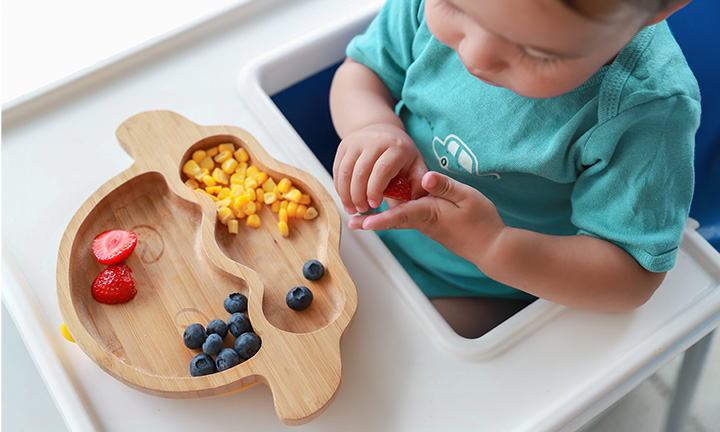
Credit: www.pampers.com
Balancing Nutrition And Variety
Balancing Nutrition and Variety is key when introducing solid foods to babies. It’s about ensuring that every meal contributes to their growth and development while keeping their tiny taste buds excited. A colorful plate packed with different foods makes mealtime fun and nutritious.
Creating A Colorful Plate
Kids love colors, and a vibrant plate can make mealtime an adventure. Use a mix of fruits and vegetables to make a rainbow on their plate. This not only looks appealing but also provides a range of vitamins and minerals.
- Red: Cooked tomatoes, red bell peppers
- Orange: Mashed sweet potatoes, carrot puree
- Yellow: Squash, ripe bananas
- Green: Avocado, steamed peas
- Blue/Purple: Mashed blueberries, pureed beets
- White: Cauliflower, mashed parsnips
Ensuring Nutritional Diversity
It’s crucial to include a variety of nutrients in a baby’s diet. This helps with their overall development. Focus on iron-rich foods, healthy fats, and soft proteins.
| Food Type | Examples |
|---|---|
| Iron-Rich Foods | Pureed meats, fortified cereals |
| Healthy Fats | Avocado, olive oil |
| Soft Proteins | Softly cooked eggs, tofu |
By mixing these foods, babies get what they need for strong bones, a sharp mind, and a healthy heart. Remember to keep pieces small and soft to avoid choking.
Allergies And Intolerances
Introducing solid foods to babies marks an exciting milestone. It’s a time to explore tastes and textures. Yet, for some little ones, it also means the first encounter with allergies and intolerances. Understanding these reactions is crucial to ensure a safe and enjoyable eating experience.
Identifying And Managing Allergies
Allergies happen when a baby’s immune system reacts to a harmless food protein. Symptoms can range from mild to severe. Parents need to watch for signs like hives, vomiting, or difficulty breathing.
- Introduce new foods one at a time.
- Wait three to five days before adding another.
- Keep a food diary to track reactions.
If an allergy is suspected, consult a pediatrician. They might refer you to an allergist for testing. For severe reactions, such as anaphylaxis, seek immediate medical help.
Navigating Dietary Restrictions
Intolerances, unlike allergies, do not involve the immune system. Symptoms like gas or diarrhea are uncomfortable but less dangerous.
| Common Intolerances | Alternatives |
|---|---|
| Lactose | Lactose-free formulas |
| Gluten | Gluten-free grains like rice or quinoa |
For babies with dietary restrictions:
- Choose safe alternatives.
- Read labels carefully.
- Talk to a dietitian for guidance.
By understanding allergies and intolerances, parents can create a positive and nourishing environment for their baby’s food journey.
Hydration For Babies
As babies start solids, proper hydration becomes crucial. It aids digestion and overall health.
Water And Milk Intake
Babies need water once they begin eating solid foods. Before that, milk provides necessary hydration.
- Under six months: Breastmilk or formula only.
- Six to twelve months: Small amounts of water.
- One year and older: Increased water, alongside appropriate milk servings.
Milk continues to be important. It offers hydration and essential nutrients.
| Age | Water (oz per day) | Milk (oz per day) |
|---|---|---|
| 6-12 months | 2-4 | 16-24 |
| 1-3 years | 4-8 | 16-24 |
Juices And Other Beverages
Introduce juices cautiously. Opt for 100% fruit juices without added sugars.
- Limit juice to 4 ounces per day.
- Always dilute juice with water.
- Avoid sugary or caffeinated drinks.
Focus on water and milk as primary beverages. These support healthy growth and development.
Transitioning From Purees
Introducing your baby to solid foods is an exciting milestone. The journey from purees to more solid textures should be smooth and safe. Let’s explore how you can transition effectively.
Gradual Shift To Solid Textures
Begin by thickening the textures of the purees. Slowly, introduce mashed foods that maintain some soft chunks. This encourages chewing.
- Start with mashed bananas or avocados.
- Progress to steamed and mashed carrots.
- Include mashed sweet potatoes.
Mixing Purees And Finger Foods
Combining purees with finger foods helps your baby adjust. This mix lets them explore different textures and tastes safely.
| Puree Type | Finger Food Example |
|---|---|
| Apple Puree | Soft cooked apple pieces |
| Pea Puree | Whole peas (ensure they are soft) |
| Potato Puree | Small chunks of boiled potatoes |
Always ensure the finger foods are soft enough to mash with fingers. Avoid hard or large pieces that could cause choking.
Monitoring Baby’s Progress
Introducing solid foods is a significant milestone in a baby’s development. Tracking your baby’s progress is essential to ensure they are adapting well to new textures and tastes. Keeping an eye on how they handle solids can help identify any potential issues early on. Let’s look at some key milestones and when it might be necessary to consult with a pediatrician.
Milestones In Eating Solids
- First Spoonful: Watch for baby’s reaction to their first tastes.
- Grasping Food: Babies start to use their fingers to pick up food.
- Chewing Motions: Even without teeth, babies will begin to chew.
- Self-feeding: Babies learn to feed themselves, a sign of independence.
- Variety Acceptance: Introduce different foods to gauge baby’s preferences.
Monitor these milestones and celebrate each new achievement with your little one.
When To Consult A Pediatrician
| Sign | Action |
|---|---|
| Persistent Coughing or Gagging | Talk to a doctor, as it may indicate difficulty swallowing. |
| Rash or Hives After Eating | May suggest an allergic reaction, seek immediate advice. |
| Refusal to Eat | If persistent, it could signal an issue with taste or texture aversion. |
| Lack of Progress | If baby isn’t meeting milestones, a health professional can help. |
Remember, every baby is different, and some may progress quicker or slower than others. If you have any concerns, consulting a pediatrician is a proactive step to ensure your baby’s health and well-being.
Utensils And Feeding Accessories
Welcome to the world of weaning, where your little one takes their first exciting steps into the realm of solids! Utensils and Feeding Accessories are pivotal for a smooth transition. They ensure your baby’s first dining experiences are safe, enjoyable, and help foster independence. Let’s dive into the essentials for your tiny diner.
Choosing Baby-friendly Utensils
Selecting the right utensils is crucial for your baby’s self-feeding journey. Look for features that cater to tiny hands and tender gums.
- Soft-tip spoons prevent gum irritation.
- Short, chunky handles make it easier for babies to grip.
- Materials like silicone or soft plastic are gentle and easy to clean.
Safe Plates And Bowls
Plates and bowls that stay put are a game-changer. They prevent messes and frustration during meal times.
| Feature | Benefit |
|---|---|
| Suction bases | Keep the dish in place. |
| BPA-free materials | Ensure safety for baby’s health. |
| Divided sections | Separate different foods easily. |
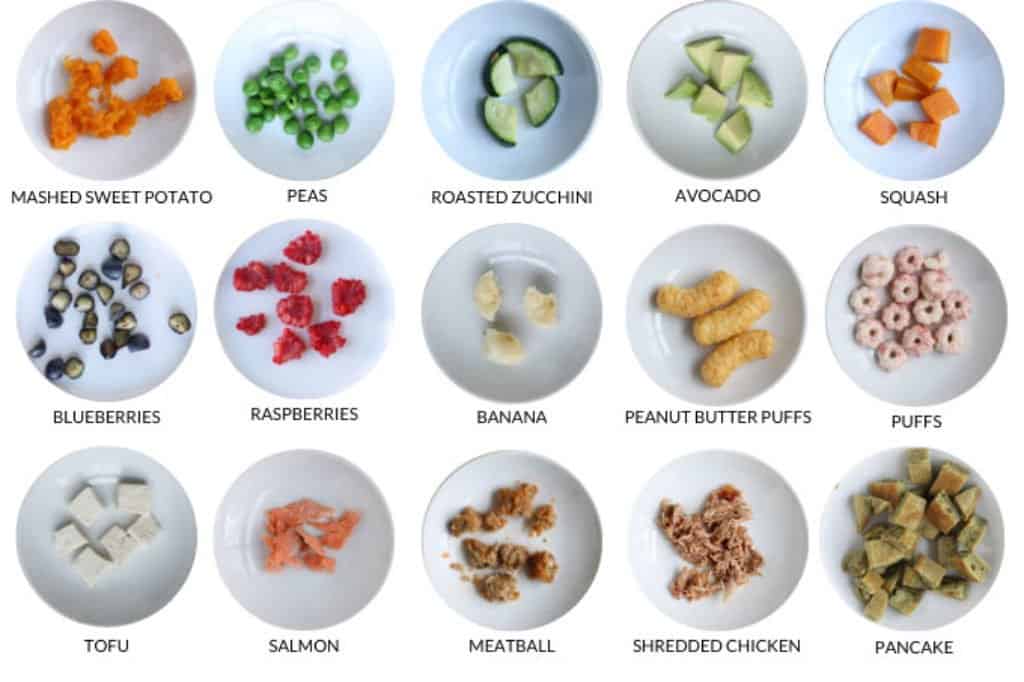
Credit: www.yummytoddlerfood.com
Time-saving Tips For Parents
Introducing solid foods to babies marks an exciting milestone. Yet, it can also be a time-consuming process. With a focus on simplifying meal prep, here are some valuable tips for busy parents.
Prepping In Batches
Save hours every week by preparing baby’s meals in large quantities. You can steam, puree, and store fruits and vegetables during the weekend. This method ensures a ready-to-go meal supply for your little one.
- Steam sweet potatoes, carrots, and squash.
- Puree in a blender or food processor.
- Freeze in ice cube trays for easy portions.
- Thaw overnight for a quick meal the next day.
Quick And Healthy Finger Food Ideas
Offering a variety of finger foods is crucial for babies’ development. Choose options that are nutritious and easy to handle.
| Fruit | Vegetable | Protein | Grain |
|---|---|---|---|
| Banana slices | Soft-cooked carrots | Shredded chicken | Small pasta pieces |
| Avocado chunks | Pea-sized broccoli florets | Scrambled eggs | Toast strips |
| Soft pear cubes | Roasted sweet potato | Soft cheese | Oat cereal |
These options are quick to prepare and perfect for self-feeding. Always ensure pieces are small enough to prevent choking.
Common Concerns And Solutions
Introducing solid foods to your baby is a major milestone. It’s an exciting journey that often comes with concerns. Let’s address these and find practical solutions.
Dealing With Mess And Waste
Babies learning to eat solids will make a mess. It’s a natural part of the learning process. Here are some tips to manage it:
- Use a splat mat under the high chair to catch food.
- Choose easy-to-clean high chairs that don’t have too many crevices.
- Bib with a food catcher can be a lifesaver.
- Don’t over-serve. Offer small amounts to reduce waste.
- Be patient and let them explore. Messy play is important for development.
Encouraging Picky Eaters
Some babies might be picky with their food. Don’t worry, there are ways to encourage them:
- Offer a variety of foods in colors and shapes to make meals fun.
- Let them see you eat and enjoy the same foods.
- Introduce new foods with familiar favorites.
- Keep trying. It may take multiple exposures to accept a new food.
- Stay calm. Avoid pressuring them to eat, which can create negative associations.
Remember, introducing solids is a journey of tastes and textures. Keep meals positive and stress-free.
Frequently Asked Questions
What Are Good Starter Finger Foods For Babies?
Ideal starter finger foods for babies include soft, ripe fruits, steamed vegetables, small cheese pieces, finely chopped chicken, and scrambled eggs.
What Foods Should Babies Start With For Solids?
Babies should start solids with single-grain cereals, pureed vegetables, fruits, and meats.
What Foods To Avoid As Finger Foods For Babies?
Avoid offering babies hard, small, and round foods like nuts, seeds, popcorn, and whole grapes, which can cause choking. Steer clear of raw vegetables, hard candies, and large chunks of meat as well.
Can A 7 Month Old Eat Scrambled Eggs?
Yes, a 7-month-old can eat scrambled eggs, ensuring they are fully cooked and served in small, manageable pieces.
What Are Ideal First Foods For Babies?
Soft, easy-to-swallow foods like mashed sweet potatoes, avocado, and banana are perfect for babies starting solids.
Conclusion
As parents navigate the exciting milestone of starting solids, remember that introducing a variety of finger foods can be both fun and nourishing for babies. Embrace this adventure by offering soft, easy-to-grasp items that encourage self-feeding and explore new textures and tastes.
Always prioritize safety and consult with a pediatrician for personalized advice. Keep mealtime joyful, and watch your little one thrive on their culinary journey!

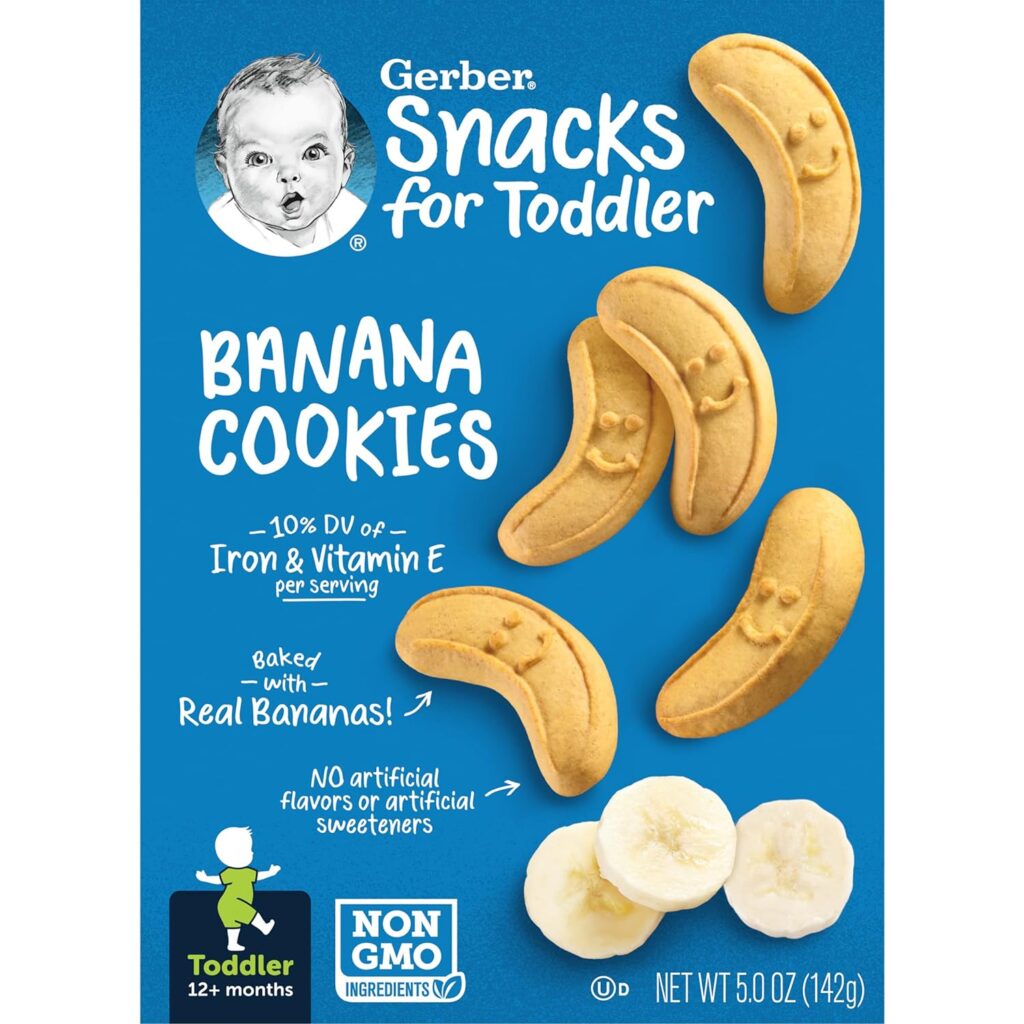


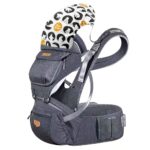



3 thoughts on “Finger Foods for Babies: Top Solids for a Healthy Start”